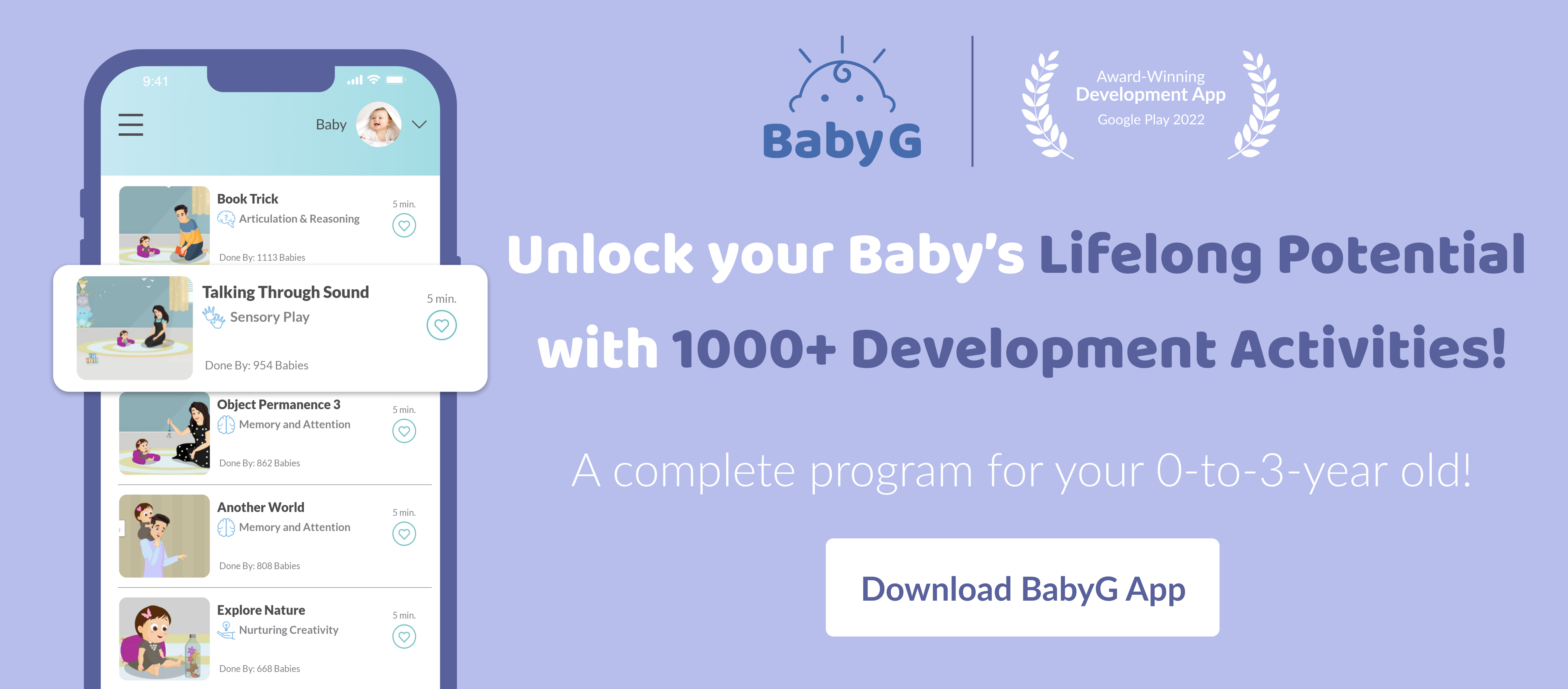
What Colors Can Babies See at 1 Month?
Even though your little one is one month old, he is yet to develop clear vision and color differentiation. As of now, your baby can only differentiate between light and dark, and hence, can appreciate the contrast between black and white items. Sometimes, even gray! That’s why you may notice your baby getting attracted to bold designs with black and white colors.
Some people believe babies can only see black and white. But this is not completely true. Babies do see colors around them, but they don’t perceive them well. This is because their brain and vision are yet to mature completely. Due to this, the colors appear muted when a baby looks at them, and therefore, they don’t seem to react as much compared to when they see black and white patterns.
When it comes to other colors, the first color to catch the eye of a newborn is red. So the first primary color your newborn will be able to distinguish is the red color. This ability usually develops in the first few weeks after birth. Whether a baby can see red at one month is difficult to confirm because every baby’s vision matures at its own pace.
So, if you want to buy stuff for your one-month-old, it is better to stick to highly contrasting objects, as they will draw your baby’s attention more. When your baby turns 3–4 months old, the age your baby will actually start seeing colors, you can go ahead and buy colorful items because, by this time, your baby’s color vision will develop considerably, allowing them to see basic colors and their shades.
How Far Can Babies See at 1 Month?
Your baby may still be keeping his eyes shut most of the time as he will be busy sleeping, but as and when he wakes up, he may look at you as you hold him in your arms for a feeding session. At one month, your baby can probably see you because he can now focus briefly on things that are at a distance of 20–30cm.
You may still observe his eyes crossing or not focusing properly, but this will get better with time. For now, your baby is enjoying focusing on parts of your face, one at a time, such as your nose or eyes, but later he will be able to see your face as a whole. So bring your baby close to yourself and talk to him often to enjoy a special bonding time.
Baby’s Vision Milestones at 1 Month
Like we have other developmental milestones, there are 1 month old baby vision milestones as well, which help us understand if a baby’s vision is developing appropriately. Here are some vision-related milestones for you to keep an eye on so you can take prompt action and chat with your baby’s pediatrician if you notice any deviations.
- Your baby is drawn toward objects and images with contrasting black and white colors.
- Your baby looks at you as you hold him close to you.
- Your baby can follow an object to an extent of 90 degrees.
- Your baby’s eyes will start forming tears.
- Your baby will be drawn to light.
While we have enlisted these infant vision development milestones for you to track, you must remember that every baby grows and develops at their own pace and at the right time. Your baby may be lagging behind in reaching a milestone or two, but try not to panic. Give him some time and see if it improves. But if you feel that your baby’s vision is not as good as it should be, take your concerns to the doctor.



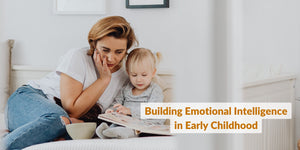
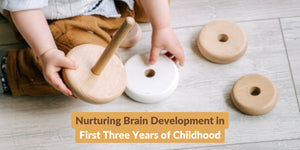
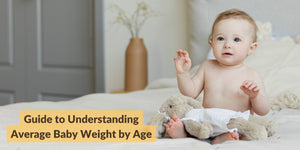

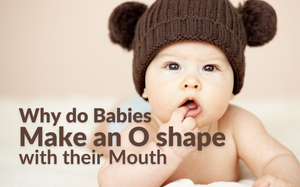
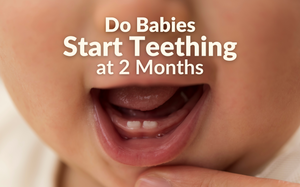
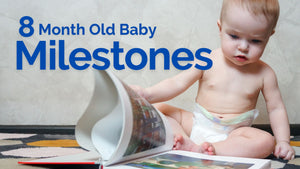
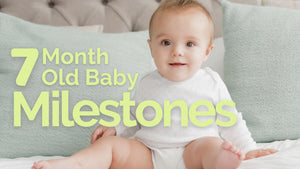
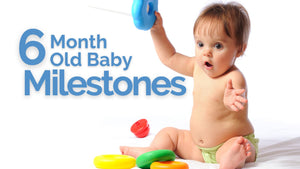

LEAVE A COMMENT